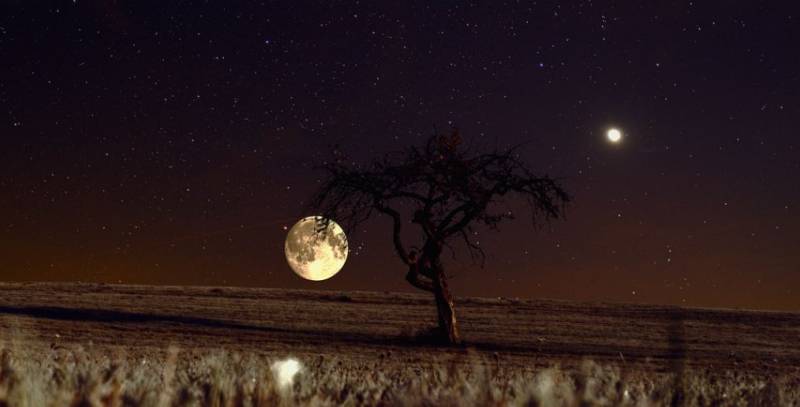- Region
- Águilas
- Alhama de Murcia
- Jumilla
- Lorca
- Los Alcázares
- Mazarrón
- San Javier
-
ALL AREAS & TOWNS
- AREAS
- SOUTH WEST
- MAR MENOR
- MURCIA CITY & CENTRAL
- NORTH & NORTH WEST
- TOWNS
- Abanilla
- Abarán
- Aguilas
- Alamillo
- Alcantarilla
- Aledo
- Alhama de Murcia
- Archena
- Balsicas
- Blanca
- Bolnuevo
- Bullas
- Cañadas del Romero
- Cabo de Palos
- Calasparra
- Camping Bolnuevo
- Campo De Ricote
- Camposol
- Canada De La Lena
- Caravaca de la Cruz
- Cartagena
- Cehegin
- Ceuti
- Cieza
- Condado de Alhama
- Corvera
- Costa Cálida
- Cuevas De Almanzora
- Cuevas de Reyllo
- El Carmoli
- El Mojon
- El Molino (Puerto Lumbreras)
- El Pareton / Cantareros
- El Raso
- El Valle Golf Resort
- Fortuna
- Fuente Alamo
- Hacienda del Alamo Golf Resort
- Hacienda Riquelme Golf Resort
- Isla Plana
- Islas Menores & Mar de Cristal
- Jumilla
- La Azohia
- La Charca
- La Manga Club
- La Manga del Mar Menor
- La Pinilla
- La Puebla
- La Torre
- La Torre Golf Resort
- La Unión
- Las Palas
- Las Ramblas
- Las Ramblas Golf
- Las Torres de Cotillas
- Leiva
- Librilla
- Lo Pagan
- Lo Santiago
- Lorca
- Lorquí
- Los Alcázares
- Los Balcones
- Los Belones
- Los Canovas
- Los Nietos
- Los Perez (Tallante)
- Los Urrutias
- Los Ventorrillos
- Mar De Cristal
- Mar Menor
- Mar Menor Golf Resort
- Mazarrón
- Mazarrón Country Club
- Molina de Segura
- Moratalla
- Mula
- Murcia City
- Murcia Property
- Pareton
- Peraleja Golf Resort
- Perin
- Pilar de la Horadada
- Pinar de Campoverde
- Pinoso
- Playa Honda
- Playa Honda / Playa Paraíso
- Pliego
- Portmán
- Pozo Estrecho
- Puerto de Mazarrón
- Puerto Lumbreras
- Puntas De Calnegre
- Region of Murcia
- Ricote
- Roda Golf Resort
- Roldan
- Roldan and Lo Ferro
- San Javier
- San Pedro del Pinatar
- Santiago de la Ribera
- Sierra Espuña
- Sucina
- Tallante
- Terrazas de la Torre Golf Resort
- Torre Pacheco
- Totana
- What's On Weekly Bulletin
- Yecla


- EDITIONS:
 Spanish News Today
Spanish News Today
 Alicante Today
Alicante Today
 Andalucia Today
Andalucia Today
Date Published: 03/06/2025
From Summer solstice to shooting stars: A guide to Spain's spectacular June sky
Take a tour of the skies this month with the English-speaking team at Murcia’s Finca Astronomica

For those of us lucky enough to live in Spain, the night sky offers a constant source of wonder. Last month, the beautiful Flower Moon reminded us of the magic that happens overhead. Now June is here and it is packed with spectacular celestial events that promise to delight stargazers from start to finish.
In fact, the Spanish Astronomical Association predicts that June will be one of the most active months of 2025.
Summer solstice
The summer solstice arrives on June 20, marking the official beginning of summer and the longest day of the year. In the Northern Hemisphere, this is when the sun climbs to its highest point in the sky at noon, flooding the day with light.
After sunset, those living away from bright city lights can enjoy a clearer view of summer constellations like Scorpius and Sagittarius. Around midnight, the Milky Way will also be beautifully visible as it stretches across the sky.
As it happens, June is an ideal month for astrophotography and in dark-sky areas, the Milky Way is a stunning target to capture. At the Finca Astronomica in Murcia, they even take photos of guests with the Milky Way behind them — an unforgettable keepsake.
Strawberry Moon
June 11 will bring something truly special. The lowest full moon in 18.6 years will rise in the Northern Hemisphere, making it appear especially large and close to the horizon.
This rare event will not happen again until 2043. Meanwhile, in the Southern Hemisphere, the June full moon will be high in the sky and easier to observe. Here in Spain, we can expect the moon to take on a golden or orange hue and appear extra large.
This stunning moon is known as the Strawberry Moon, named after the strawberry harvest that begins at this time for many Native American tribes. This year, it will reach peak brightness at 9.44am Central Time.
An active month for meteor showers
June is set to be one of the most meteor-filled month of the year, with 22 meteor showers lighting up the skies. According to the Spanish Astronomical Association, several of these will overlap, creating dazzling nightly displays.
However, not all of them are easily visible with the naked eye. The best ones to watch out for, without needing any special equipment, are the Arietids on June 7, the Zeta Perseids on June 9 and the Bootids on June 27.
The Arietid shower is the most active of the three, with up to 80 meteors per hour at its peak. Zeta Perseids can produce around 20 per hour, while the Bootids tend to be a bit more unpredictable but are definitely worth a look.
That said, it’s worth keeping in mind that the biggest and longest meteor showers of the year are still to come. The Perseids, active from July 17 to August 24, will peak between August 10 and 16, so keep your calendars marked.
Other showers worth catching this month include the Tau Herculids on June 9, which are linked to the remains of comet 73P/Schwassmann-Wachmann, and the Theta Ophiuchids on June 10, averaging 10 meteors per hour.
Planetary conjunctions
Planetary conjunctions happen when planets appear to come close together in the night sky. These fascinating events are easy to see with the naked eye or a telescope, and they often include the Moon or bright stars. This June, keep watch for the following alignments:
- June 19: A triple meeting of the Moon, Saturn and Neptune
- June 22: The Moon and Venus
- June 24: The Sun and Jupiter
- June 27: The Moon and Mercury
- June 29: Saturn and Neptune
Try an Astronomy Tour in Murcia
While most stargazing happens after dark, June also offers incredible opportunities for daytime solar observation. This year marks the peak of the current solar cycle, so the sun is extra active right now, with visible dark spots, solar flares and even coronal mass ejections. 

Just remember, a proper solar telescope is absolutely essential. Never look directly at the sun with a regular telescope or use sunglasses as filters. For safe and stunning views, visit a location equipped with the right gear and guidance, like the Finca Astronomica in Murcia.
If you want to make the most of these celestial events, why not join an Astronomy Tour at the Finca Astronomica in the Campo de Cartagena in Murcia? It is the perfect place for families and friends to spend quality time together close to nature while learning about the stars.
The Finca Astronomica offers fun and educational evening activities that include a bonfire, a delicious meal and telescope observations.
For those eager to learn even more, they also run daytime sun observation sessions. With the friendly, English-speaking team to guide you, it is a magical way to connect with the sky above.

Images: Pixabay & Finca Astronomica








